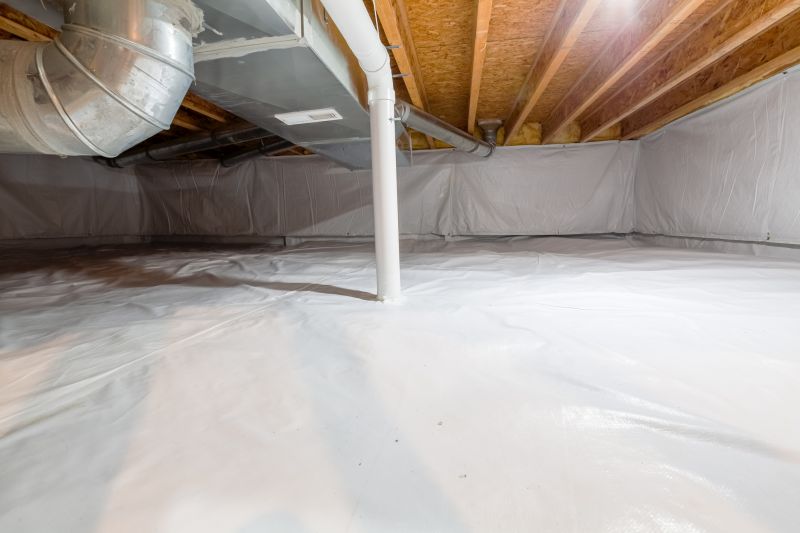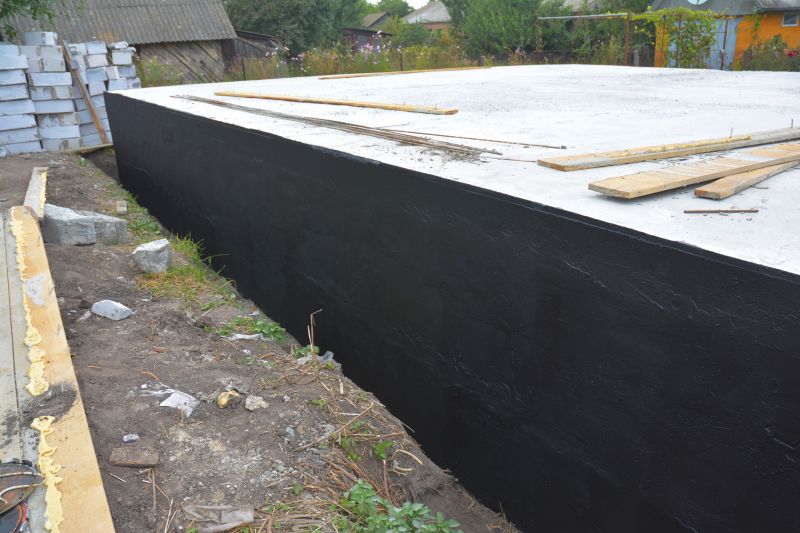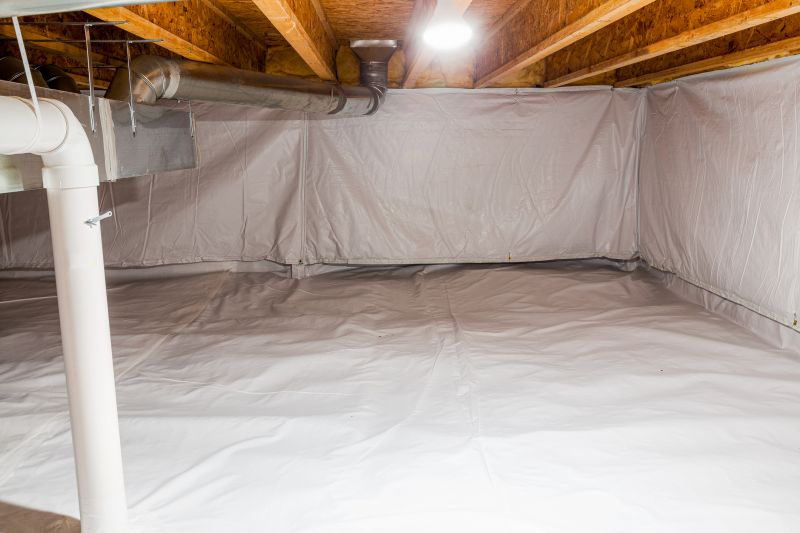Crawlspace Encapsulation for Better Home Comfort
Crawlspace encapsulation offers a comprehensive solution to improve indoor air quality, prevent structural damage, and reduce energy costs. Properly sealed crawlspaces help maintain a consistent home temperature and protect against moisture-related issues that can lead to mold growth and wood rot.
Encapsulation prevents excess moisture from seeping into the crawlspace, reducing the risk of mold and wood decay.
Sealing the crawlspace improves insulation performance, leading to lower heating and cooling costs.
Encapsulation helps protect the foundation and supports the longevity of the home’s structure.

A fully sealed and insulated crawlspace with vapor barrier installed.

A clean, dry, and insulated crawlspace after encapsulation.

Close-up of vapor barrier and sealing materials used in encapsulation.

Insulation and sealing applied to walls for energy efficiency.
Neglecting crawlspace encapsulation can lead to significant issues including increased energy bills, mold growth, wood rot, and structural damage. Unsealed crawlspaces allow moisture to enter, which can compromise the foundation and indoor air quality, potentially leading to health concerns and costly repairs.
| Issue | Potential Consequences |
|---|---|
| Excess Moisture | Mold growth, wood rot, and structural deterioration |
| Poor Indoor Air Quality | Allergy symptoms, respiratory issues |
| Higher Energy Costs | Loss of insulation efficiency, increased heating/cooling bills |
| Foundation Damage | Cracks, shifting, and compromised stability |
| Pest Infestation | Rodents and insects nesting in damp areas |
| Decreased Home Value | Visible damage and ongoing maintenance costs |
| Increased Repair Expenses | Structural repairs and mold remediation |
Implementing crawlspace encapsulation can significantly reduce these risks, providing a healthier, more energy-efficient, and structurally sound home environment. Proper sealing and insulation are essential components of effective crawlspace management.

